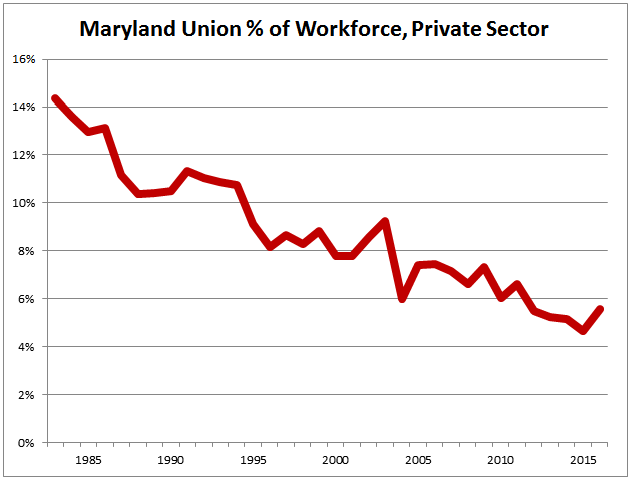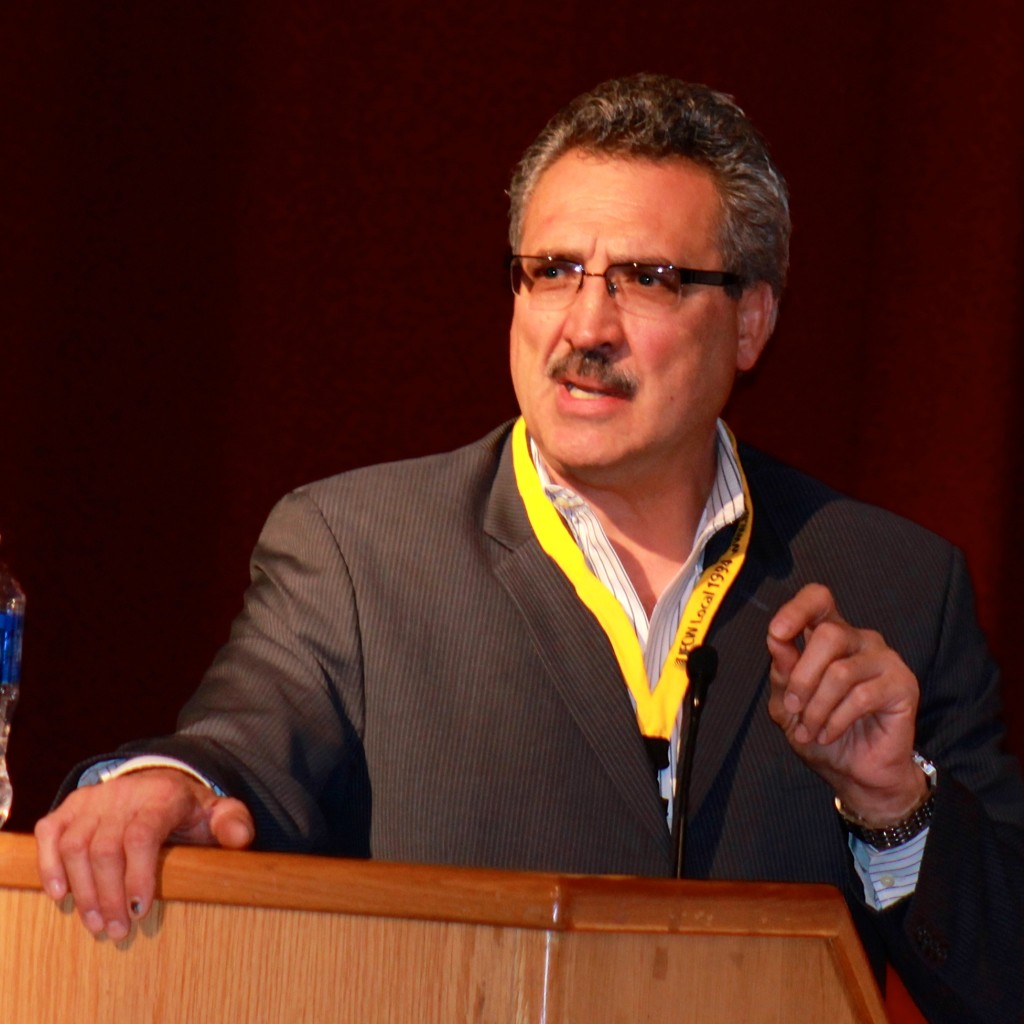Today, Seventh State is pleased to present a guest blog by Suzanne Mintz, a registered nurse working in the Neonatal Intensive Care Unit at Holy Cross Hospital and a leader of nurses’ effort to organize with National Nurses United.
It was a sweeping victory. A National Labor Relations Board Administrative Law Judge ruled decisively in July that the registered nurses (RNs) at Holy Cross Hospital (HCH) in Silver Spring had been unlawfully harassed, intimidated, surveilled, and retaliated against by the managers of the hospital [ed. note: decision posted at bottom of post]. On countless occasions, management illegally interfered with our important efforts to organize a union to protect our patients and improve working conditions.
I love the work I do as a neonatal intensive care (NICU) nurse. My fellow nurses and I care for the most vulnerable patients – premature and/or critically ill babies. Together we help struggling infants survive, grow, and thrive, and we are dedicated to giving each of them the best start in life we possibly can. Unfortunately, conditions in the hospital can make it unnecessarily difficult to do so.
It wasn’t long after I started working at the hospital almost six years ago that I began to notice problems that put patient care at risk: significant and regular under-staffing of nurses, shortages of supplies, and dirty spaces. Every parent expects the best care, support and setting for their vulnerable babies, often fighting for their lives, and every child deserves a high level of care.
Consider this: How does an individual RN properly monitor and care for multiple babies when she is also responsible for a baby born at 23 weeks, is the size of your hand, with skin that comes off with the slightest touch, requires six different medications plus daily blood and platelet transfusions? If you are the parent of that 23-weeker, wouldn’t you be upset if you found out that your baby’s nurse is not able to dedicate 100% of her time to your precious child? And what about this: As a parent wouldn’t you be shocked to hear that the reason the NICU floors are filthy and the trash is overflowing because the hospital has cut back on their housekeeping staff? Yes. That’s right. At a hospital.
That’s why registered nurses decided to organize at Holy Cross Hospital with the National Nurses Organizing Committee/National Nurses United. Starting with the NICU, and then moving throughout the hospital, we galvanized hundreds of nurses to advocate for patient safety and improved working conditions for nurses. Every step of the way we have been attacked, followed, and intimidated by senior administrators, unit managers, and hospital security. The hospital has spent hundreds of thousands of dollars on outside union busters who have targeted pro-union nurses. RNs have left employment at the hospital in big numbers for reasons that include the hospital’s lack of attention to patient safety and unfair working conditions, and others have buckled under the anti-union campaign of management and its huge parent corporation, Trinity Health.
Despite this pressure, many nurses have stood strong for our patients and our rights, and were attacked for it. Just ask Edith, an oncology RN at HCH who has been helping patients fight cancer for 13 years. Edith was a leader in the nurses’ effort to improve patient safety and care, so she was targeted in management’s union busting. Hospital management fired Edith for no defensible reason – a fact which became obvious when we pushed back and the hospital management was forced to re-hire her and provide 14 weeks of back pay and other compensation. A major life disruption for Edith is only one of many caused by unfair hospital management practices that have at times prevented HCH nurses from advocating for our patients.
Instead of working with us to improve patient care, hospital management did everything it could to stop us from exercising our rights. The judge agreed with nurses that management was acting unfairly. “Credible”, “unrefuted”, “undisputed”– these are some of the terms the judge used to describe nurses’ testimony about the unfair labor practices of management at the May hearing. And the judge told management to stop violating our rights and required the posting of notices around the hospital about labor law and how it had been violated.
Nurses have been vindicated by the decision. Despite the challenges posed by the administrators and managers, we continue to work to protect our patients and to organize a union to improve care and conditions at the hospital. All because we care deeply about our patients and providing the care they deserve.
HCH RNs have been deeply touched by the outpouring of support from the community for our patients and our effort to organize to protect them. In February, more than 100 people came out in the cold to stand with us for quality care, including community members, religious leaders, elected officials, and patients. Four area members of Congress, six of the nine Montgomery County Council members, and three quarters of Maryland legislators representing Montgomery County have urged Holy Cross Hospital management to listen to nurses concerns, respect our rights as workers, and stop their attacks on us. Nurses are proud to stand with our community, faith, and elected leaders.
We have continued our efforts to organize a union at the hospital so that we can be effective in our patient advocacy, and can protect ourselves and those we care for. We urge Holy Cross Hospital management to take this opportunity to stop its unlawful behavior, focus on patient care, and recognize and respect our rights.
Learn more about nurses’ unionization and patient advocacy efforts at www.Facebook.com/HCHNurses.
ALJ Decision Holy Cross by David Lublin on Scribd



